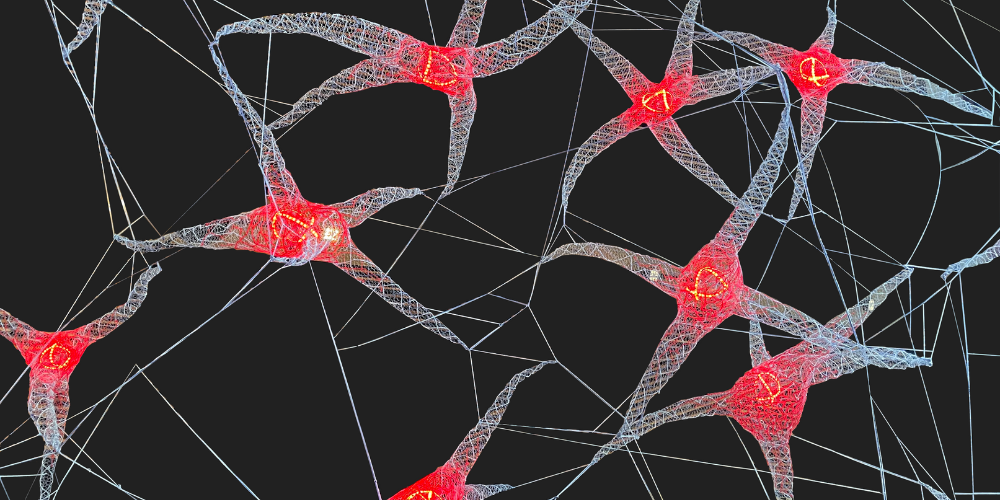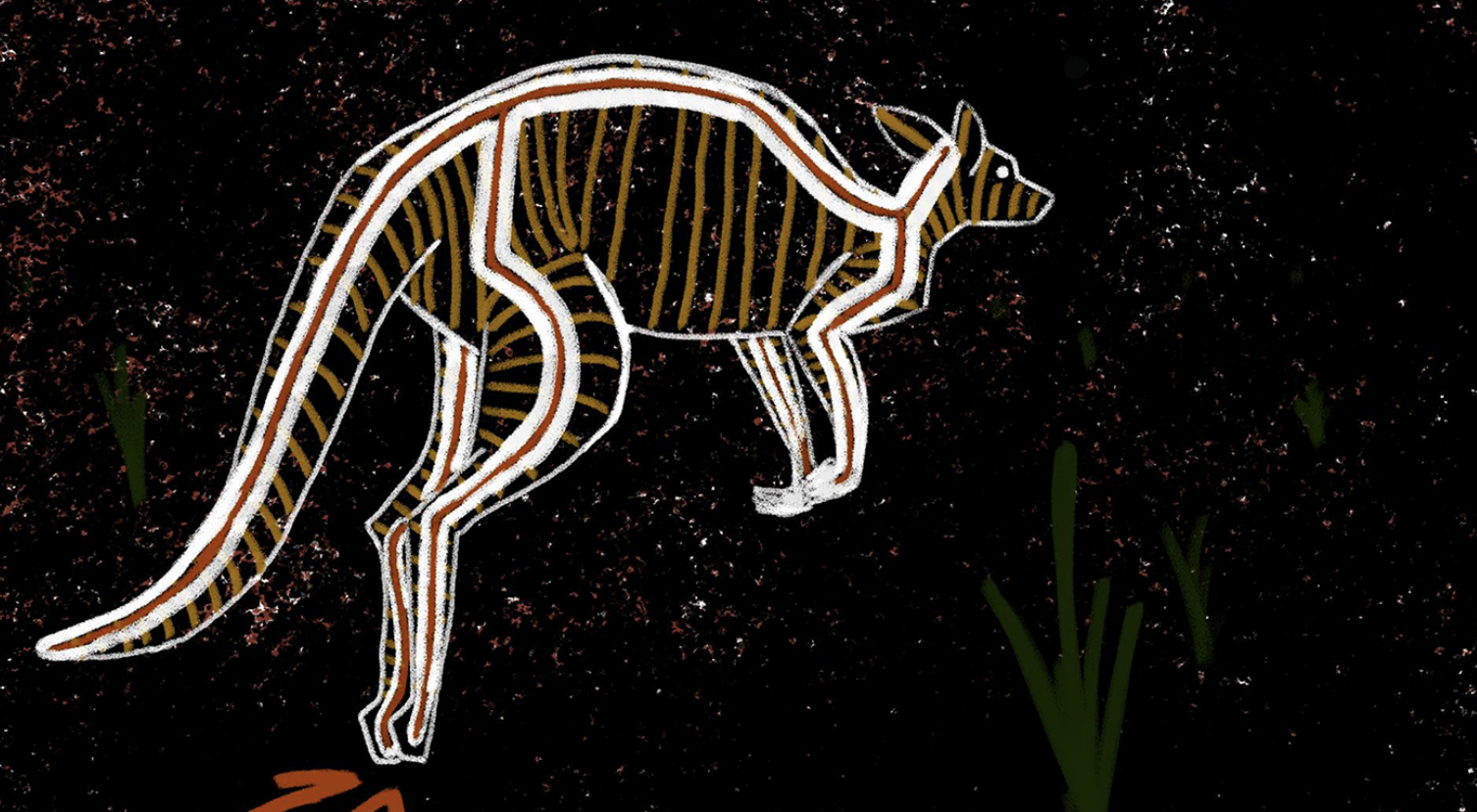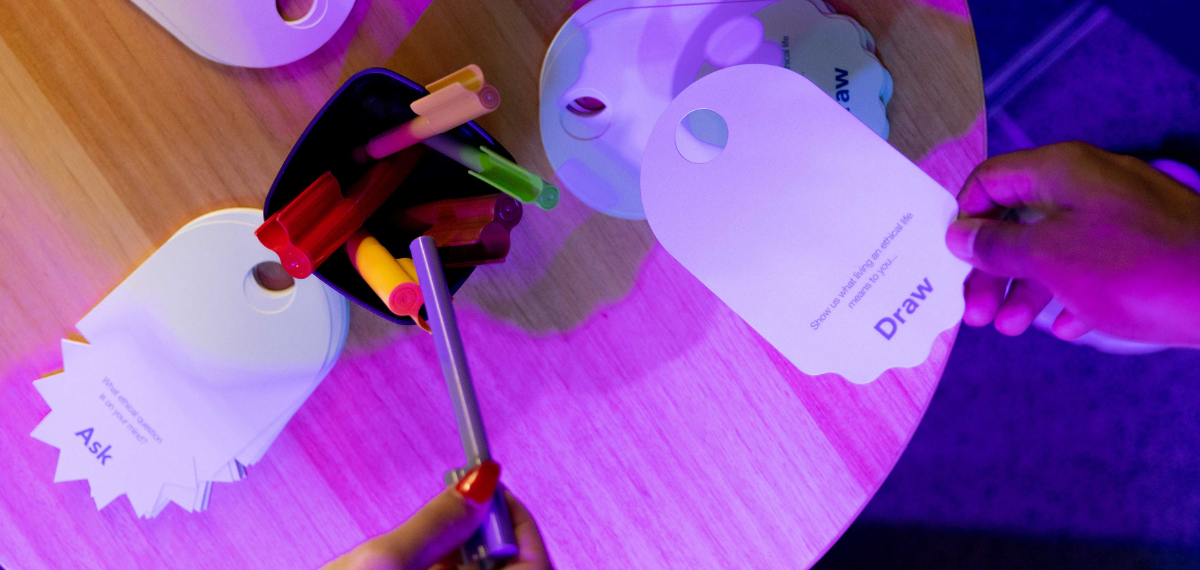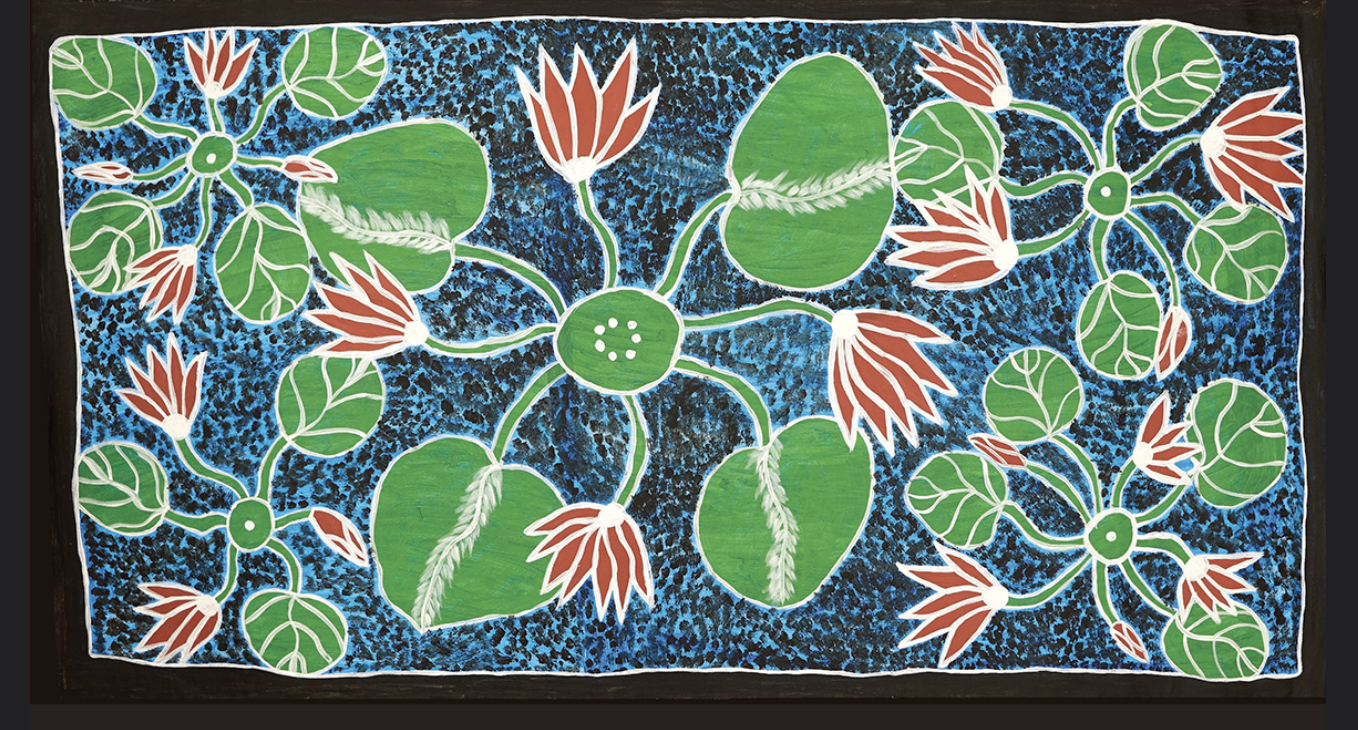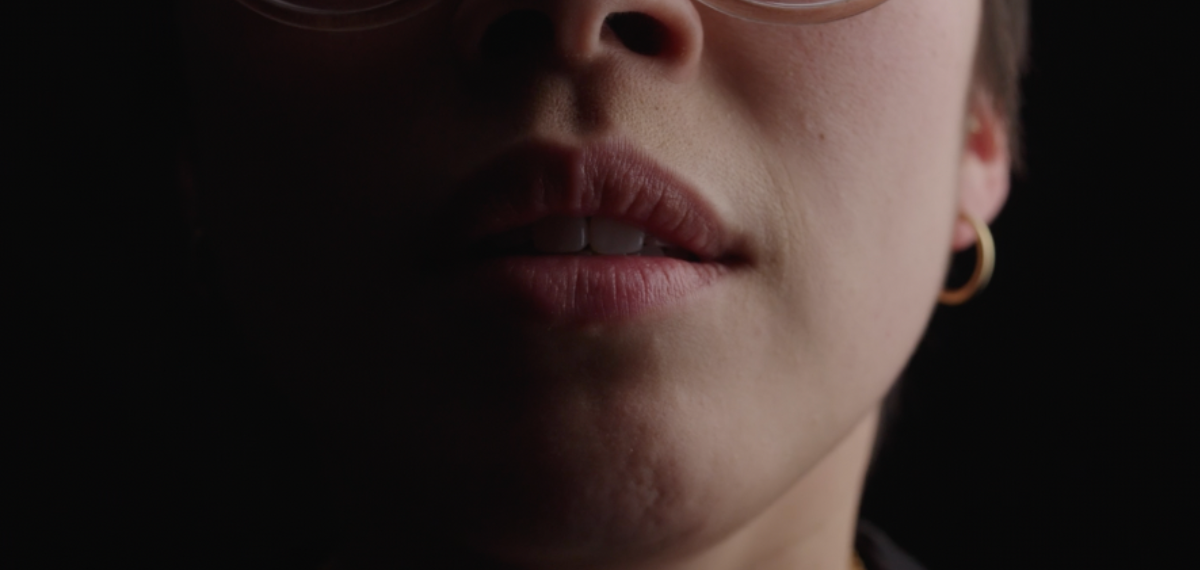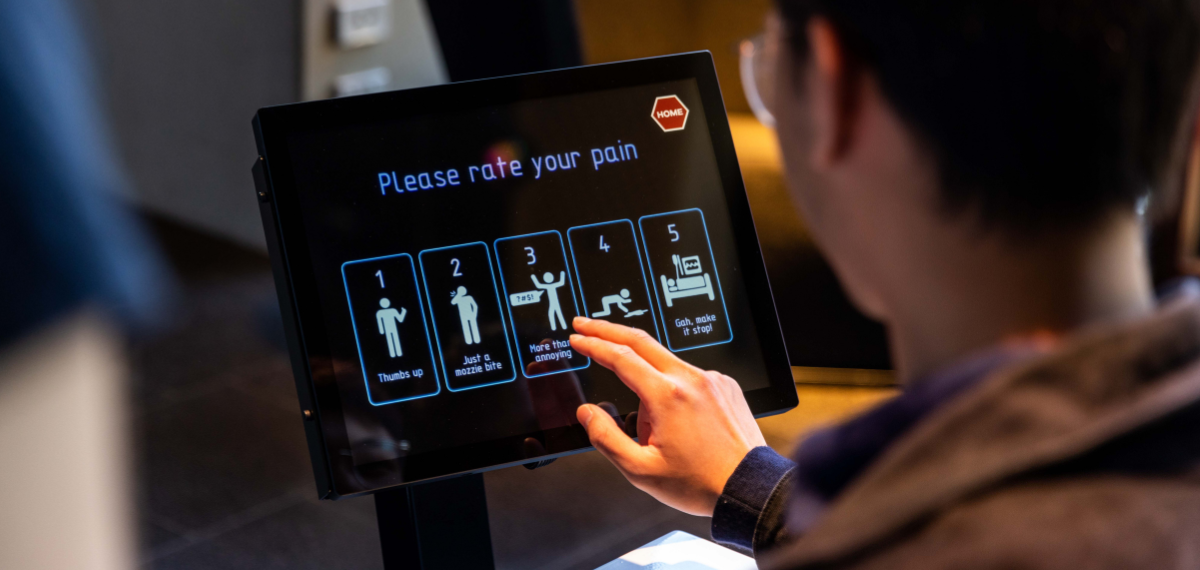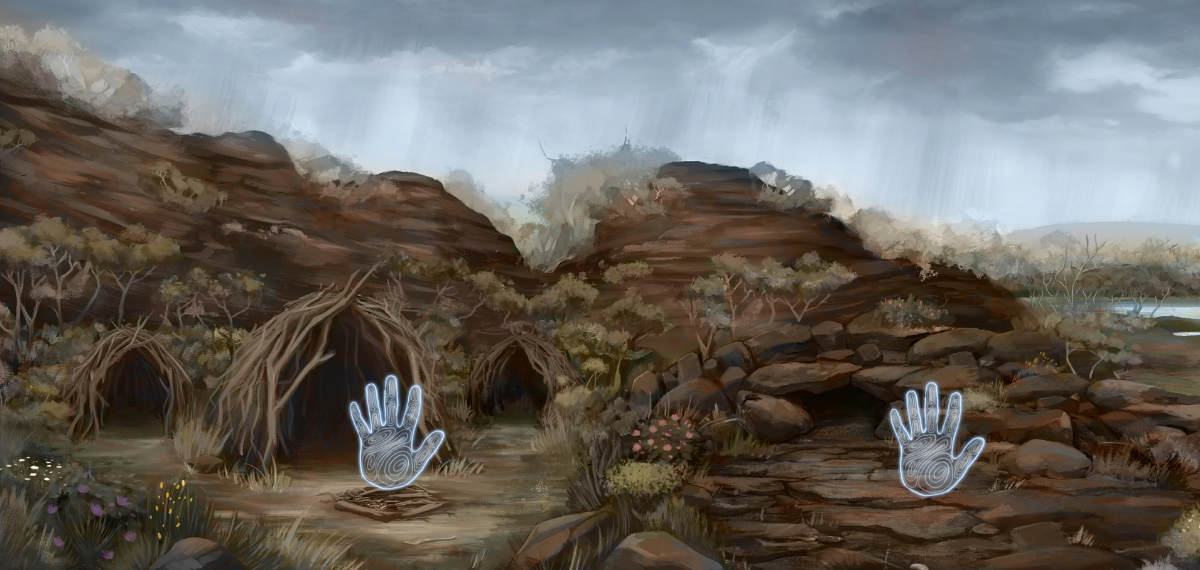Do you want to help repair bodies?
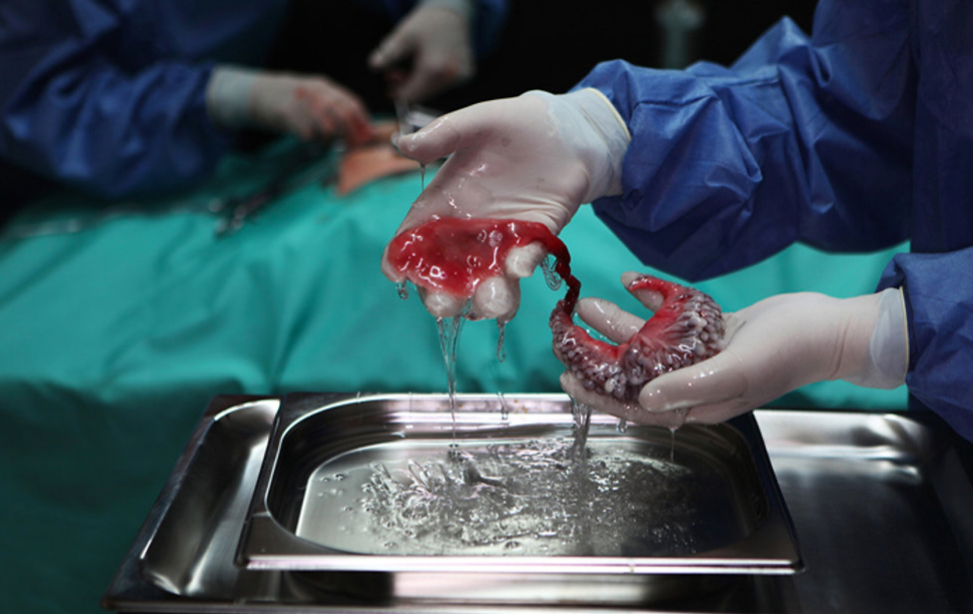
Exhibit Details
Open JanNov 2023
- In Brief
- Want More?
- Accessible Resources
- Photos of exhibit
This exhibit was part of the exhibition FLEX which ran from 17 January – 24 November 2023.
Bodies are wild. For the most part, they breathe without you thinking, they fight disease, and they grow. But eventually, they start to expire.
Just like your car, your phone, or your favourite pair of jeans, your body might be due for a service. But in the process of repairing it, could it be enhanced?
Step into this gallery, where our fleshy insides are on display, and expect to feel a little ‘ick’. Here we have a mix of real and speculative futures for your body. Can you tell what is really possible?
Get up close to hybrid animal-human organs with Circumventive Organs by Agi Haines. Could your organs be improved if you combined them with those of an electric eel, rattlesnake or leech?
Explore what could happen if we push against ethical boundaries when experimenting with our bodies. The video work of Modular Body details the story of Cornelius Vlasman, a biologist who creates an organism made from human stem cells, OSCAR.
Explore the healing potential of silver nanoparticles, spray-on-cellular solutions, and wound-healing injections.
Zoom in on chips that mimic organ function on a minuscule scale, enabling more efficient and cost effective testing of medicine.
Cosmetics, exercise and surgery can change your appearance. But what about the fundamental makeup of your internal systems? Can we go past repair to regeneration, or even augmentation? This gallery is a mix of real and speculative. Can you tell what is really possible?
-
What if we could make entirely new bodies?
Modular Body
The Modular Body is an online science fiction story. Cornelis Vlasman is a biologist who begins experimenting with organic materials. From this, OSCAR is born, a living organism built from human cells.
This prototype is a vulnerable organism the size of your hand. It consists of clickable organ modules and is kept alive with Cornelis’ blood. But, without an immune system requires continual vaccinations.
Cornelis demonstrates that it is possible to create modular life. He uses stem cells to reprogram, grow, and print human tissue. As the line between human and machine fades, OSCAR creates new possibilities for life. Imagine if we could replace worn out organs with a “clickable” new one.
-
What if you could engineer your body?
Circumventive Organs
With the introduction of bio-printing, new organs could become a reality. The ability to replicate and print cells would mean different cells could be joined to create new organs. This would enable us to create Frankenstein-esque hybrid organs using different body parts – or even those from a different species. Naturally, this would take millions of years. Or be impossible.
Circumventive Organs showcases three examples of how animal-human organs could create new medical possibilities.
The first, a defibrillating organ using cells from an electric eel. These discharge an electric current when the heart goes into attack.
The second, an organ using rattlesnake muscles. These release mucus from the respiratory system of a person with cystic fibrosis into the stomach.
The third, uses the saliva gland of a leech. This releases anticoagulant when it detects pressure of a forming blood clot to avoid strokes.
-
What if we could mimic an organ on a chip?
Organ-on-a-Chip
These tiny creations are highly effective at mimicking the function of real human organs. Whether this be a heart, intestine, kidney or lung, each organ-on-a-chip replicates a real organ. It mimics the physical motions and flow seen in the human body that are crucial for organ function.
Why might we need organ replicates on this scale? Researchers can use these chips to investigate and develop better drugs and medicines. At UniSA, Benjamin Thierry and his team are using organs-on-chips to investigate the impact of radiotherapy on our bodies. -
What if your ability to repair had no limit?
Spray-on-Skin
Aerosol-delivered cell-clusters – sounds surreal right? Spray-on-skin was patented by Professor Fiona Wood in 1993. It is mostly used to greatly reduce permanent scarring in burns victims. Healthy skin cells from the burn patient are cultured and sprayed onto the wound. The skin cells then grow on the individual.
Wound Healing Injection
You’d think the best way to improve skin healing would be to put something on it – you know, like a cream or an ointment. But let’s flip that, and work our way from the inside out.A new approach uses an injection of antibodies that mops up a protein called flightless. This is normally produced by our skin during inflammation and wound healing. Studies show skin healing can be restored by removing excess flightless. This is particularly useful on wounds that don’t heal. This research is being carried out by Professor Allison Cowin at UniSA.Hydrogel DressingWhen you think silver, you might think of jewellery or cutlery. But could it help to heal our skin?Silver nanoparticles can be used in wound healing. Applied as a gel dressing, they break down antibiotic-resistant bacteria. The particles help to regulate inflammation while promoting tissue growth.
This research is being carried out by a research team at UniSA’s Future Industries Institute (Dr Zlatko Kopecki, Professor Allison Cowin and Professor Krasimir Vasilev).
Fake BloodSome things are okay to fake, like blood.
Developed at UniSA, it’s used in testing face masks, this artificial blood ensures masks are 100% safe for frontline health workers.
3D Printed FeetAre you good at thinking on your feet?
Podiatry students need around 1000 hours of clinical practice over their degree. These 3D printed feet – complete with calluses, corns and fake toenails – enable UniSA podiatary students to fine-tune their skills.
Discover More
Watch:
- How do you make fake blood? Watch how researchers are using artificial blood to test facemask performance
- Can robotic limbs move as seamlessly as a biological one? Watch how this MIT Engineer Built His Own Bionic Leg
Read:
- Read how an experimental synthetic cornea restored vision for 20 patients
- Read about the world’s first ‘synthetic embryo’
- Look at how researchers have given a robot finger living skin that stretches and heals like the real thing
- Brisbane bio-tech lab creates ‘revolutionary’ 3D-printed body parts to treat cancer patients. Read how
- Find out whether a brain implant could be used to make friends
- Healing skin from the inside out. Read more about UniSA research into a wound healing injection
- Interested in ethics? Read the summaries of our Ethos Forums on DIY DNA and disposable healthcare
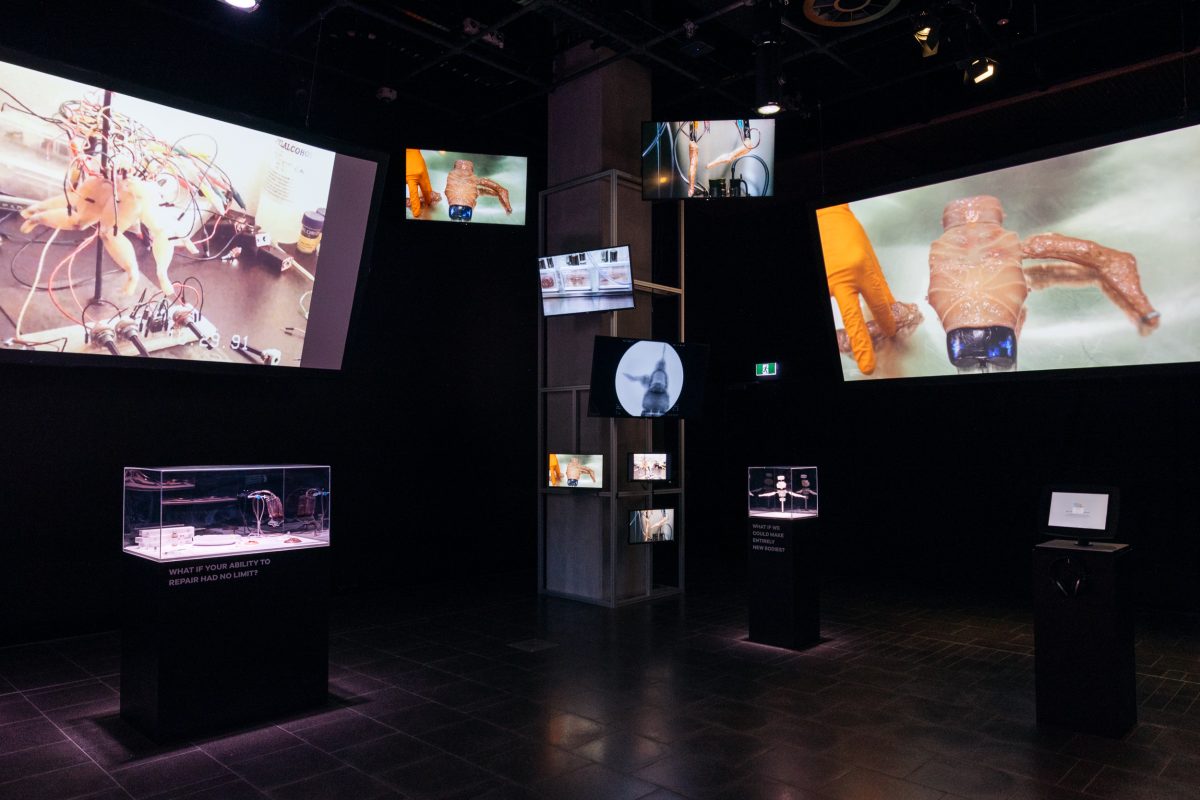
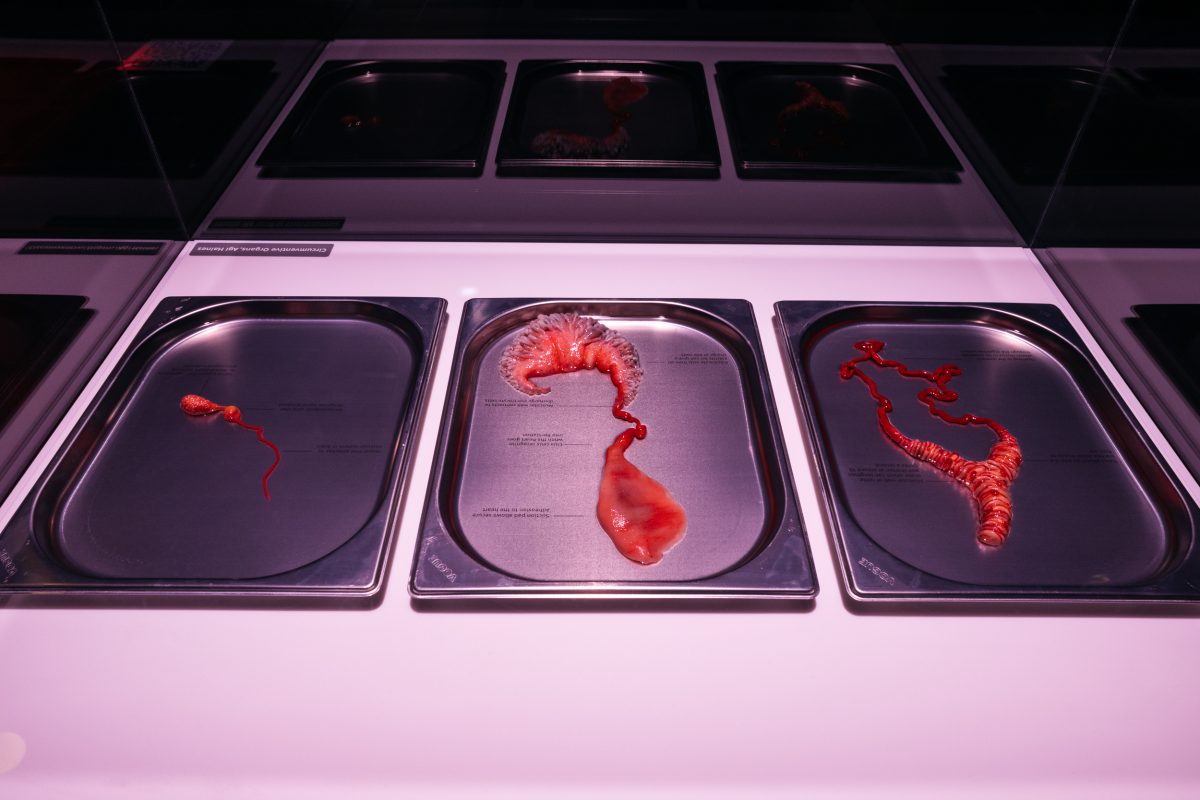
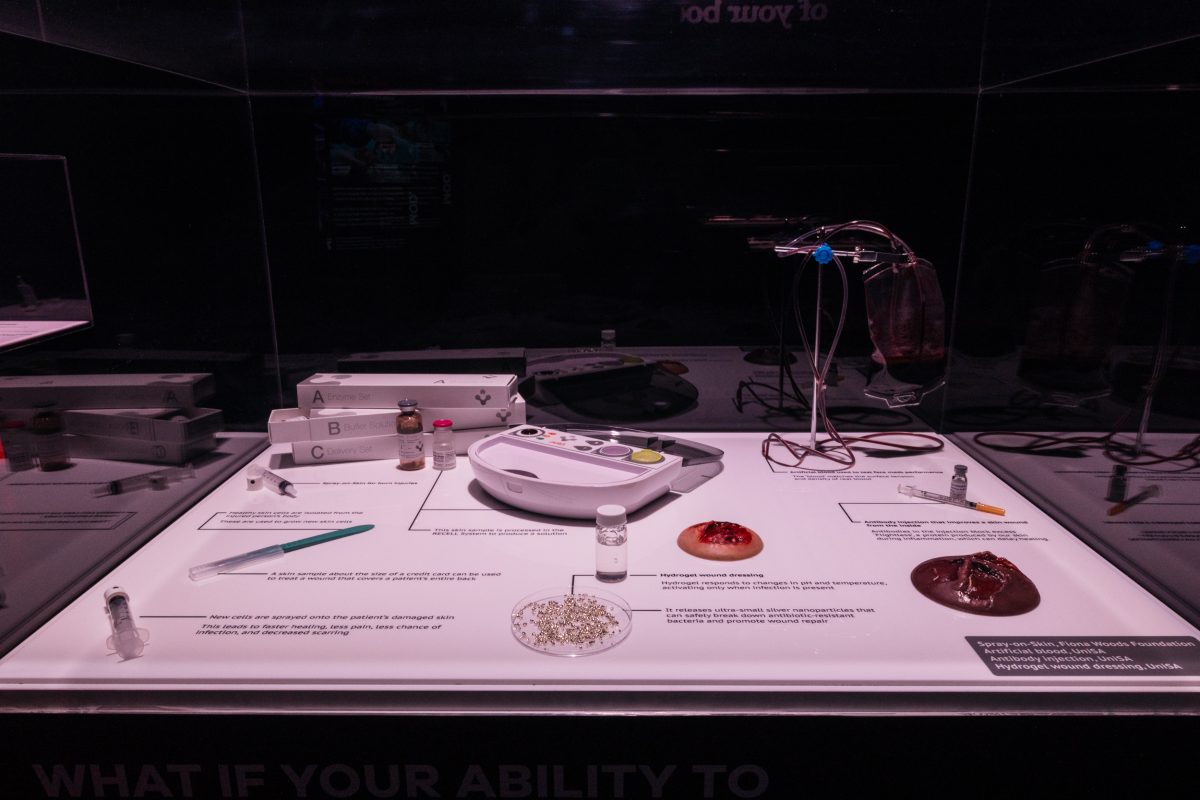
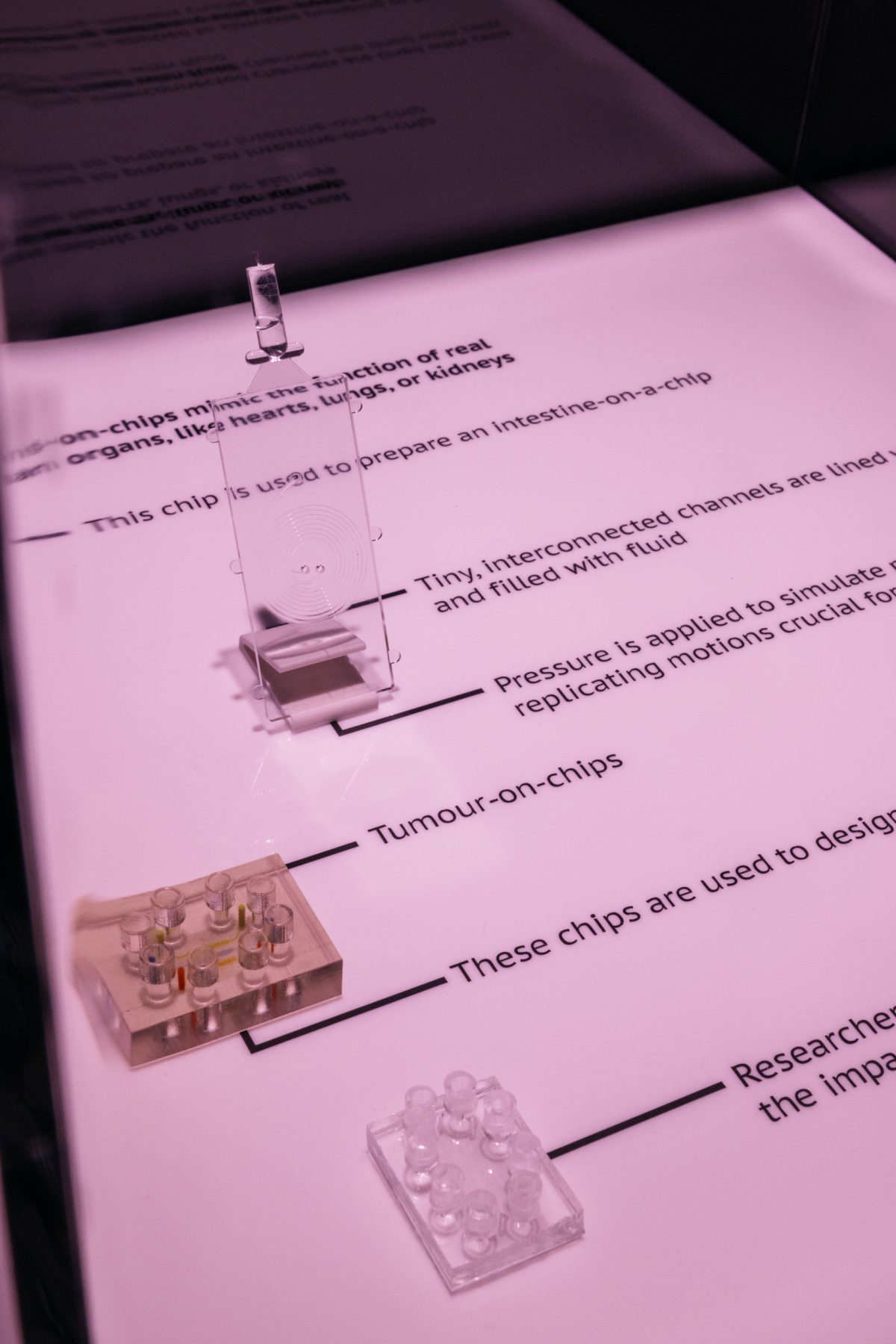
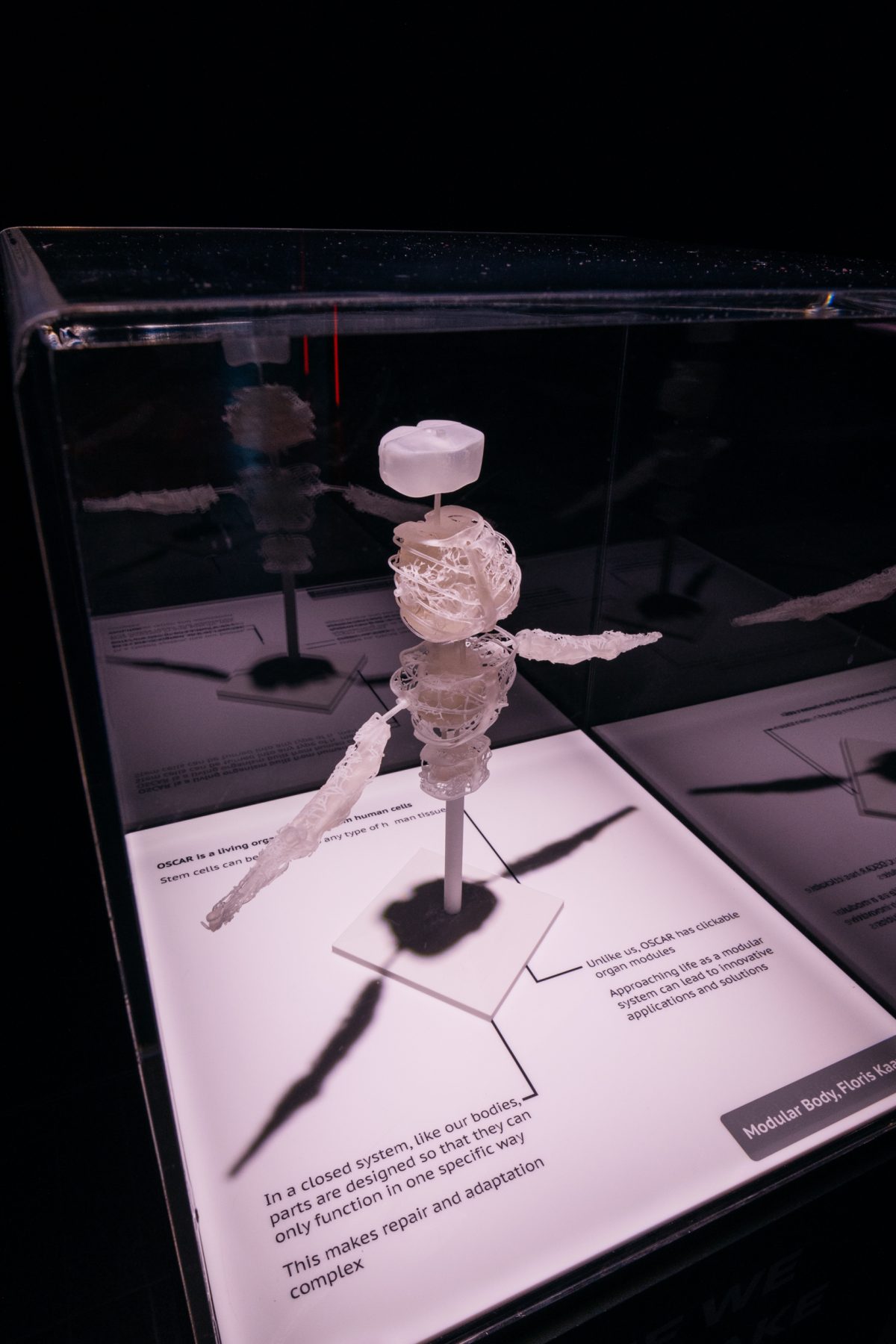
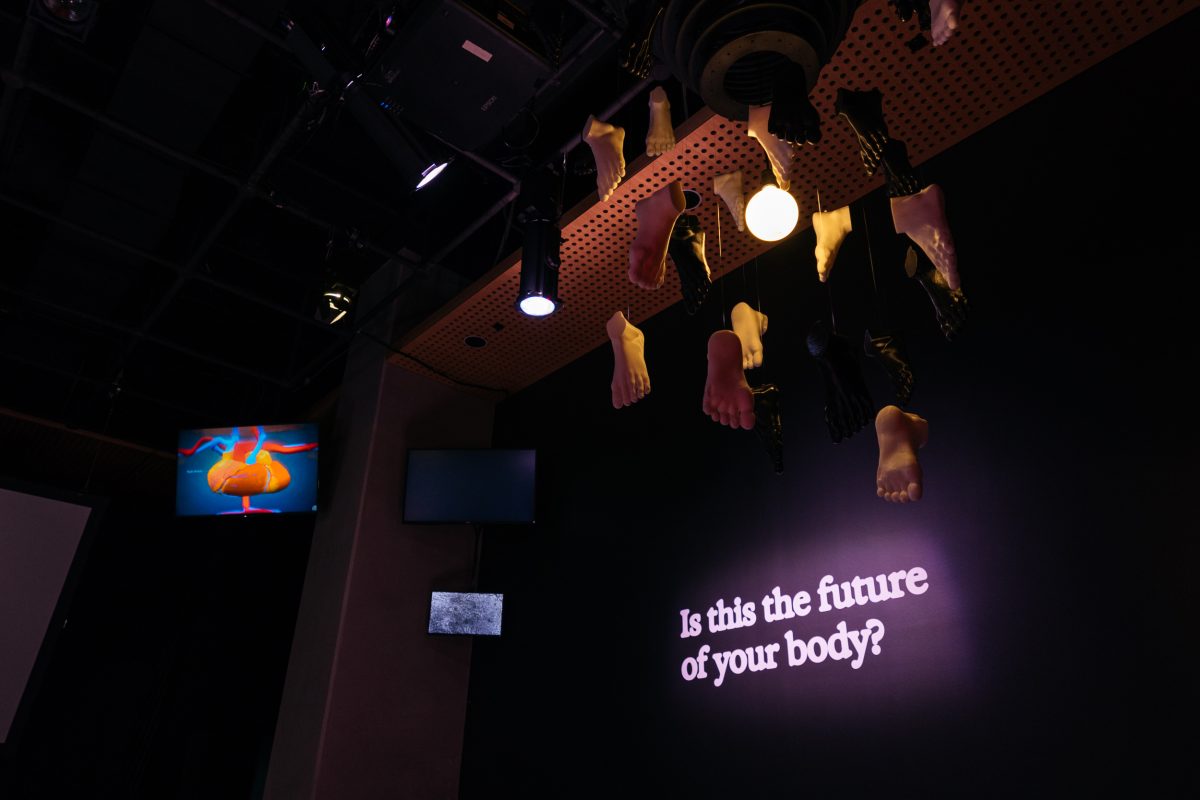
Credits
- Floris Kaayk Artist
- Agi Haines Artist
- Fiona Woods Foundation Contributor
- Dr Helen Banwell Researcher, UniSA
- Professor Benjamin Thierry Researcher, UniSA
- Dr Zlatko Kopecki Researcher, UniSA
- Professor Allison Cowin Researcher, UniSA
- Professor Krasimir Vasilev Researcher, UniSA
- Dr Parinaz Ahangar Researcher, UniSA
- Jimy McGilchrist Exhibition Build


